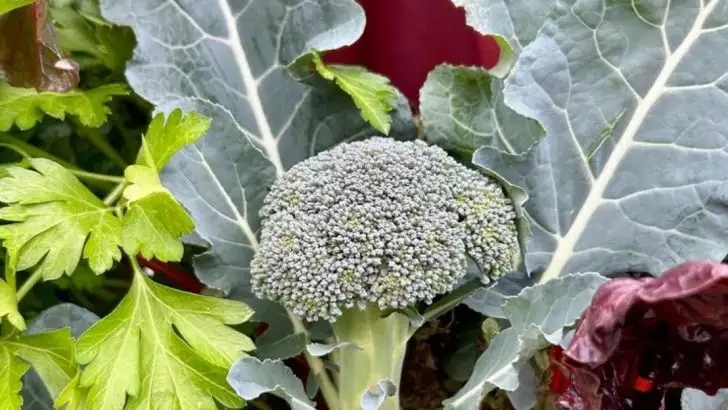Some plants love to break the rules. While most crops have a clearly marked season on the seed packet, a few surprise you by thriving when planted at the “wrong” time—off-season, unexpected, and wildly productive.
These out-of-sync growers take advantage of cooler soil, fewer pests, or reduced competition. They often deliver sweeter flavor, stronger roots, or faster maturity simply because they’re not fighting the usual pressures of their peak season.
In this article, we reveal 10 crops that actually prefer the offbeat timing—proving that in gardening, going against the calendar can sometimes bring your best harvest yet.
Kale
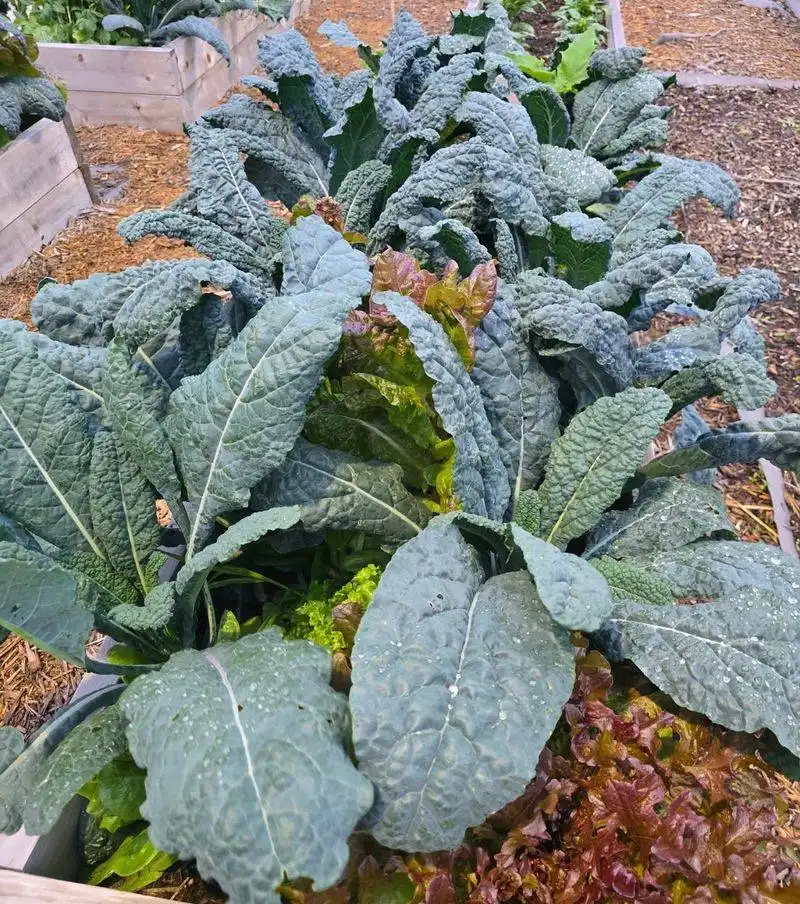
Kale, a beloved leafy green, often surprises gardeners by flourishing in warmer months. While traditionally a cool-weather crop, its resilience shines through when temperatures soar. The heat intensifies its earthy flavor, making it a versatile addition to summer salads and smoothies. Contrary to expectation, kale’s robust structure allows it to withstand the sun’s intensity. This adaptability not only extends the growing season but also offers a continuous harvest. Experimenting with kale in atypical conditions showcases its impressive versatility. For those seeking a nutritious green year-round, kale’s ability to thrive in warmth is a delightful revelation.
Lettuce
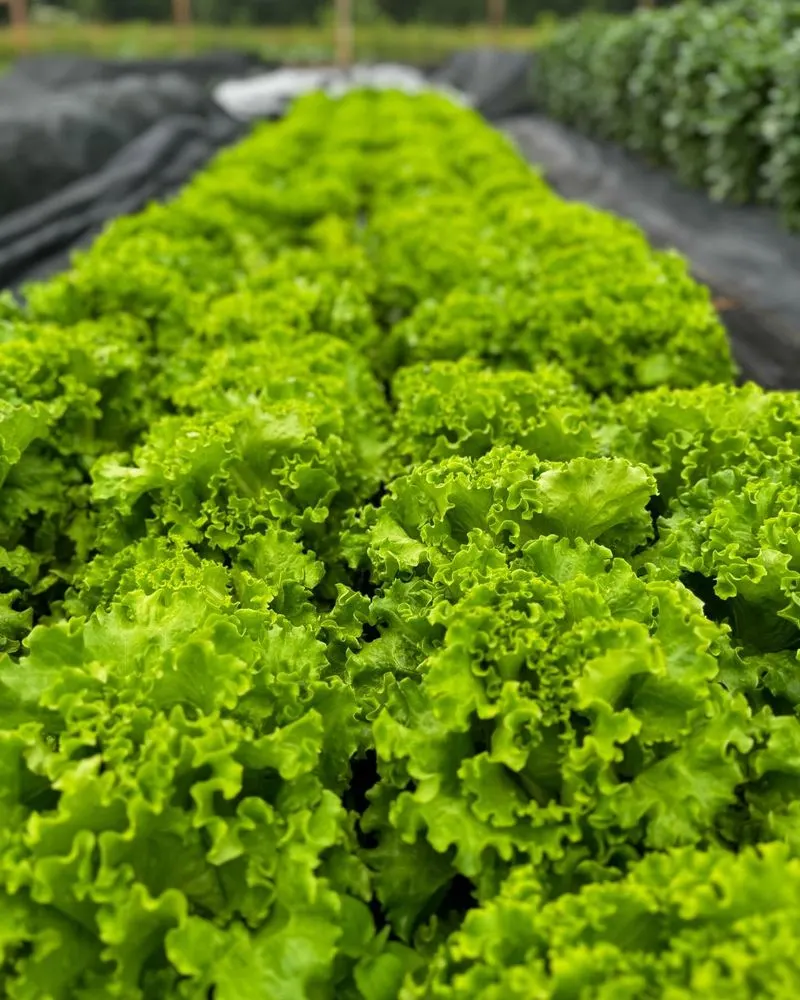
Lettuce may be a quintessential cool-weather staple, but its rapid growth in summer is noteworthy. While heat can cause bolting, newer varieties are bred to resist this, offering crisp leaves even in warmth. Gardeners often find that choosing the right type of lettuce can yield successful summer harvests. The secret is selecting heat-tolerant varieties that offer fresh, flavorful leaves. By altering planting times and using shade, lettuce can be a summer-long companion. This unexpected seasonality not only enriches salads but also enhances sandwiches and wraps with a refreshing crunch.
Spinach
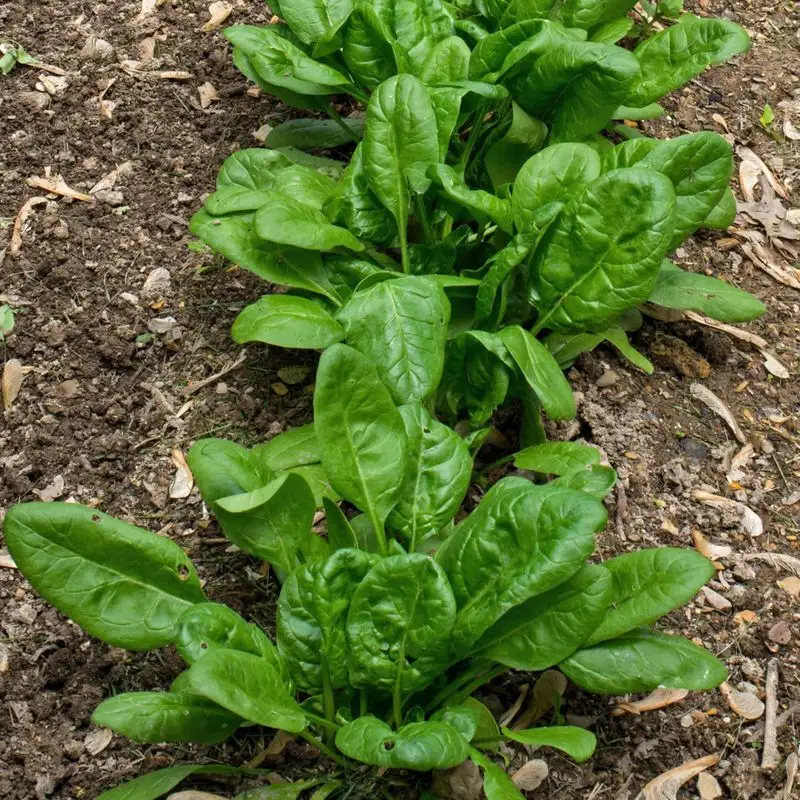
Spinach’s surprising tolerance to frost makes it an unexpected spring delight. Though typically planted in fall, early spring chill can enhance its sweetness. This resilience means a bountiful harvest even when temperatures dip. Spinach’s ability to thrive in diverse conditions ensures fresh greens when other crops may struggle. Its versatility extends beyond salads, becoming a kitchen staple in various dishes. For gardeners facing unpredictable weather, spinach offers reliability. Planting it as frost lingers demonstrates the unexpected ways spinach adapts, providing a continuous supply of nutritious leaves well into the season.
Carrots
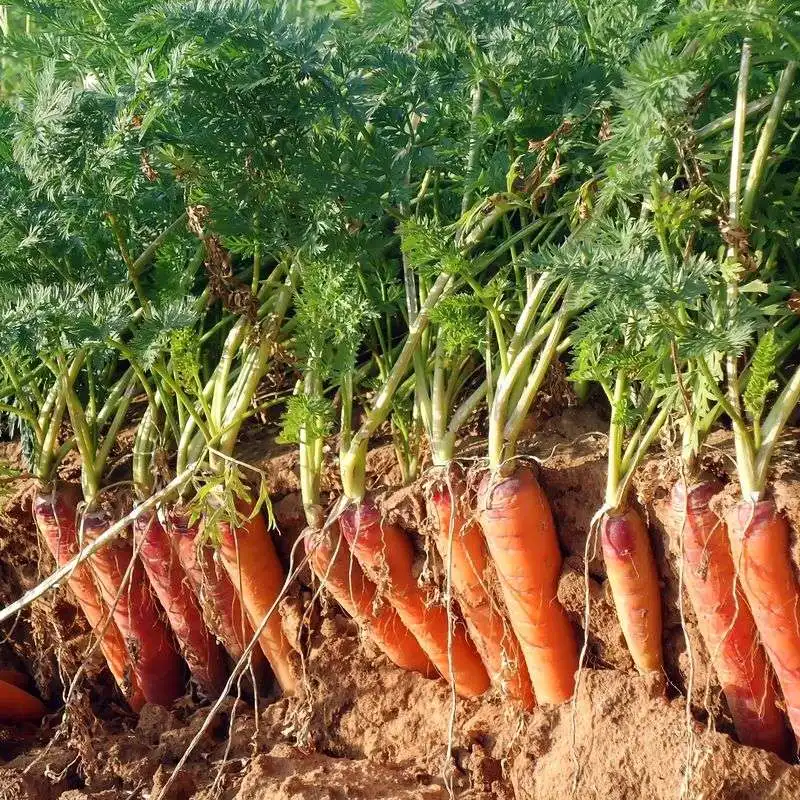
Carrots are renowned for their ability to sweeten with cooler temperatures. Planting in late summer for a fall harvest leads to vibrant, sweet roots. The chill converts starches to sugars, enhancing flavor—a gardener’s hidden treasure. This unexpected timing rewards with a robust crop, ideal for stews and roasts. Their underground growth provides a natural shelter from frosts, ensuring a reliable harvest. The juxtaposition of cold air and warm earth yields carrots of exceptional taste and texture. For a flavorful twist on a classic, growing carrots in cooler months is a game-changer.
Radishes
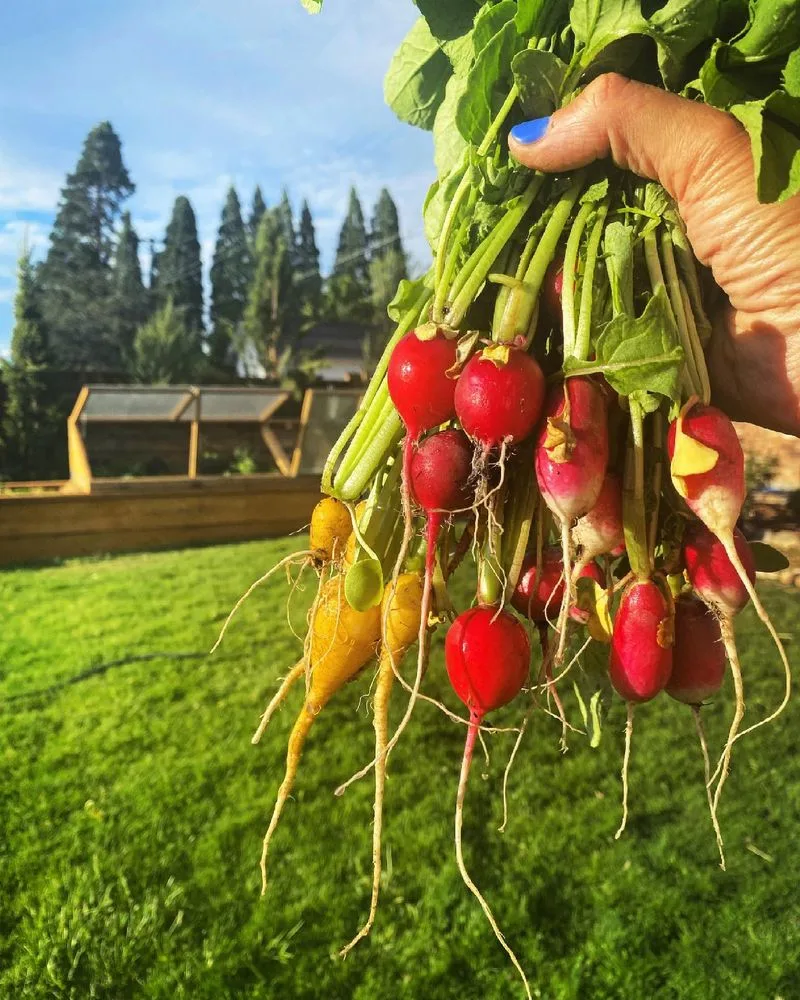
Fast-growing radishes defy expectations by thriving even in winter. Their rapid maturity suits cooler conditions, offering a quick, crunchy harvest. Varieties like daikon excel in chill, developing flavor complexity. These resilient roots add vibrant color and zest to winter dishes. Their ability to grow in short, cool months is a testament to their adaptability. Radishes’ peppery bite enlivens salads and pickles, offering a fresh contrast. Embracing winter planting reveals a crop that delivers crispness and flavor. This unconventional seasonality is a boon for gardeners seeking quick, nutrient-packed results.
Peas
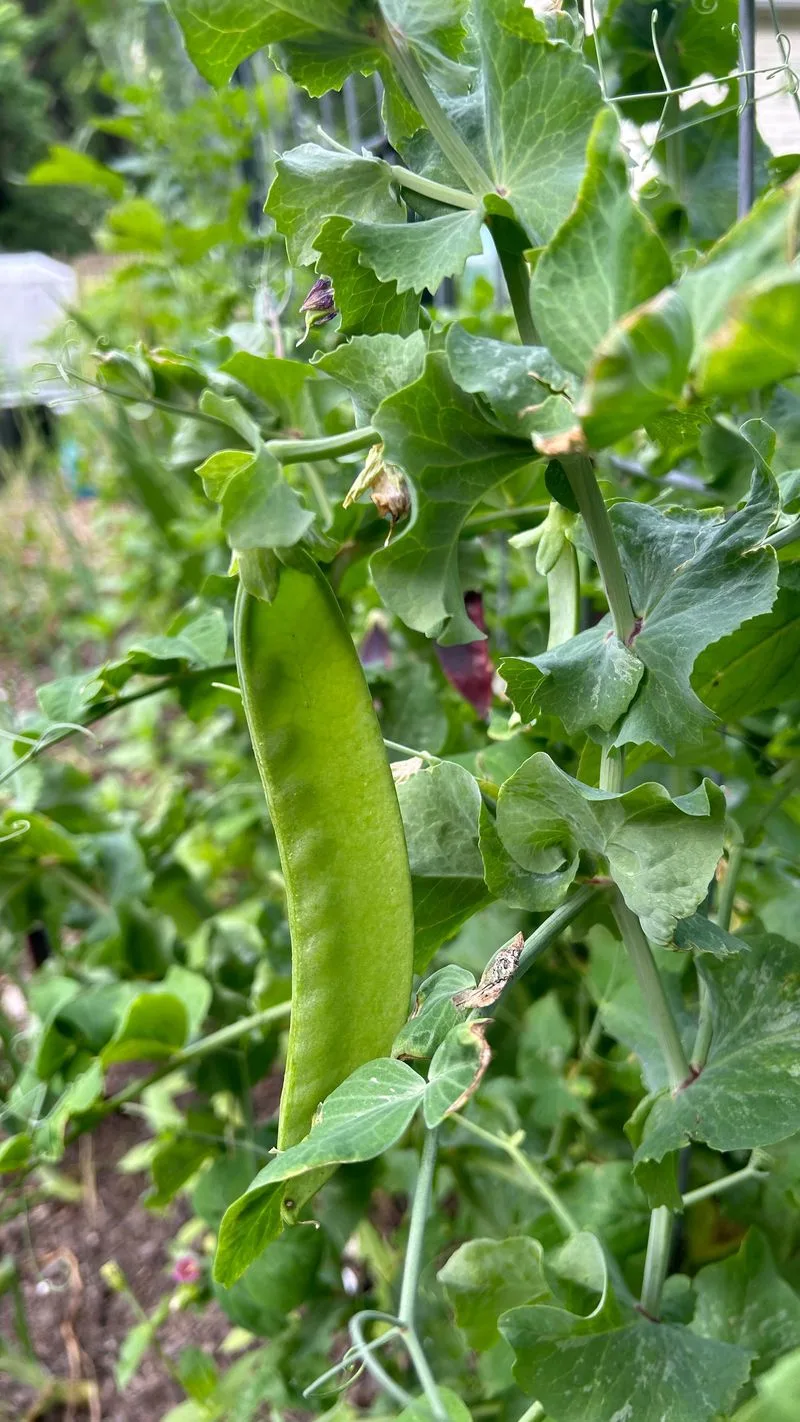
Peas, typically a spring crop, can successfully extend into fall planting. Cooler weather enhances their sweetness, providing a fresh taste as summer fades. As temperatures drop, peas continue to flourish, climbing trellises with vigor. Their ability to mature quickly allows for a plentiful harvest. Peas’ dual seasonality offers gardeners flexibility and variety. Fresh pods bring crispness to meals, whether raw or cooked. This adaptability makes them a gardener’s favorite for successive planting. Their extended harvest period is perfect for maximizing garden yields. Growing peas in fall is a rewarding seasonal twist.
Broccoli
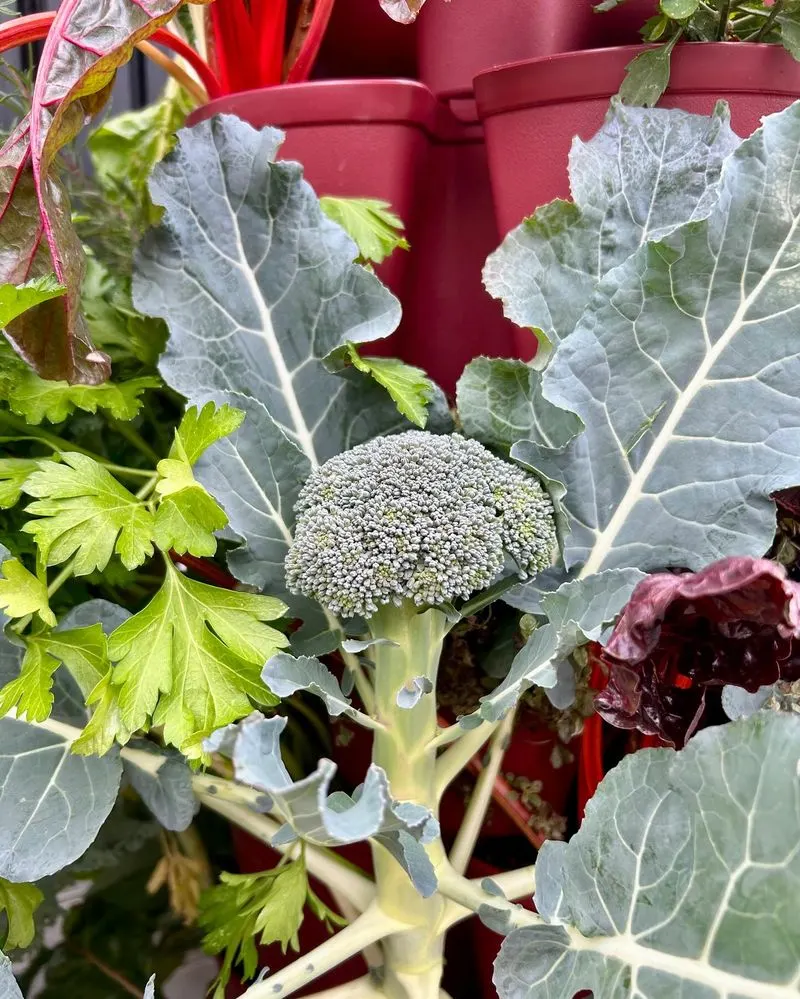
Broccoli’s resilience shines when grown outside its usual seasons. This hearty vegetable thrives in summer heat, offering a robust harvest. Although traditionally a cool-weather crop, its adaptability makes it suitable for summer gardens. The warmth encourages faster growth and a quicker harvest. Broccoli stands strong against pests and diseases, thanks to its sturdy nature. Its presence in unconventional seasons underscores its versatility and nutritional value. Broccoli’s rich flavor and firm texture make it a prized addition to any garden. Embracing seasonal challenges reveals its unexpected strengths.
Cabbage

Despite its preference for cooler climates, cabbage can be surprisingly successful in warmer conditions. Its dense heads form well, resisting pests and disease. The heat encourages rapid growth, offering a rewarding harvest. Cabbage’s adaptability makes it a valuable crop for varied climates. This unexpected seasonality results in tender, flavorful leaves perfect for slaws and stir-fries. Gardeners can enjoy cabbage’s bounty throughout different seasons by adjusting planting schedules. Its robustness and nutritional profile make it an essential garden staple. Who knew cabbage could thrive when temperatures rise?
Chard
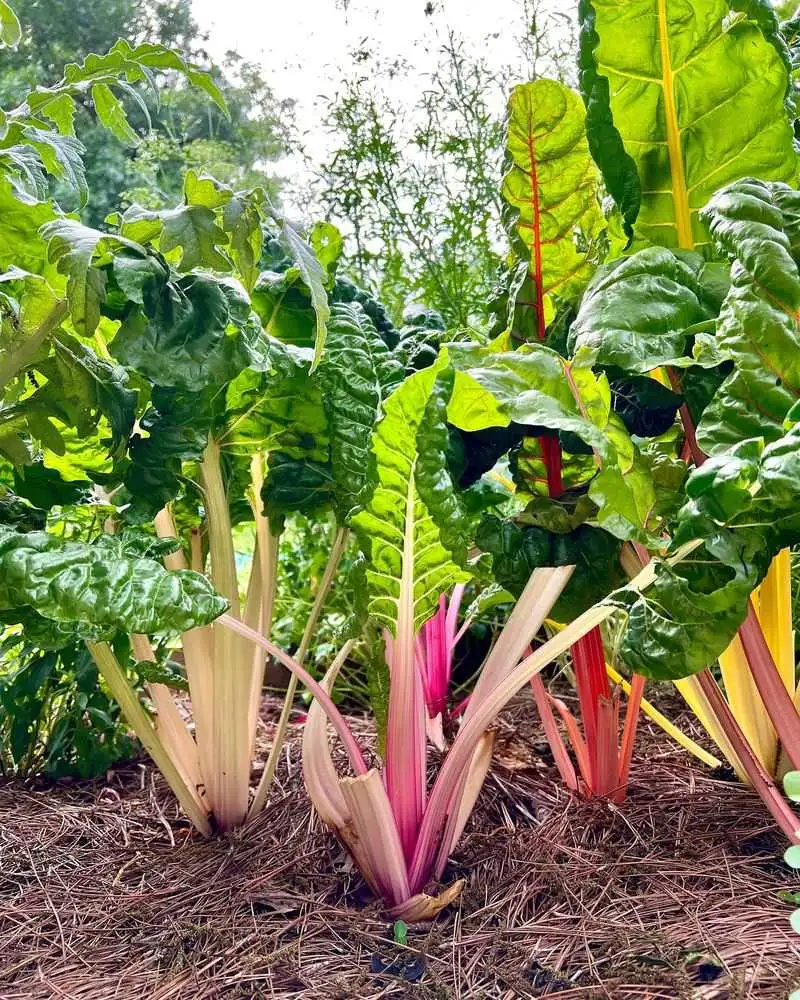
Chard’s vibrant stems and hearty leaves make it a standout in any garden. Surprisingly, it thrives in partial shade during warm months, offering a continuous supply of greens. Its tolerance to various conditions highlights its versatility. Chard’s earthy taste and colorful appearance enhance summer dishes, from sautés to salads. By providing shade, gardeners can extend its growing season, reaping nutritious rewards. This adaptability provides a delightful surprise, enriching meals with its rich flavor. For those seeking a resilient crop, chard’s ability to flourish in diverse environments is commendable.
Beets

Beets surprise many with their hardiness in cooler months. Planting them in late summer for an autumn harvest yields sweet, earthy roots. The cooler weather enhances their natural sugars, resulting in a robust flavor profile. Beets’ root structure allows them to thrive despite dropping temperatures. Their vibrant color and nutritional benefits make them a favorite for hearty dishes. Growing beets in unconventional seasons showcases their resilience and versatility. This unexpected timing offers gardeners a rewarding experience with a bountiful, flavorful crop that stands out in any meal.

